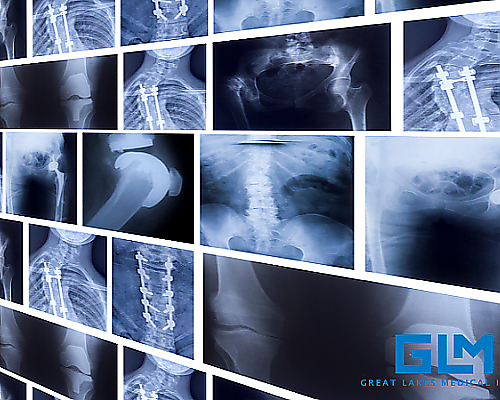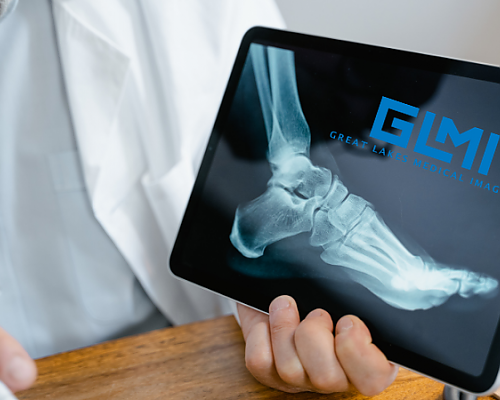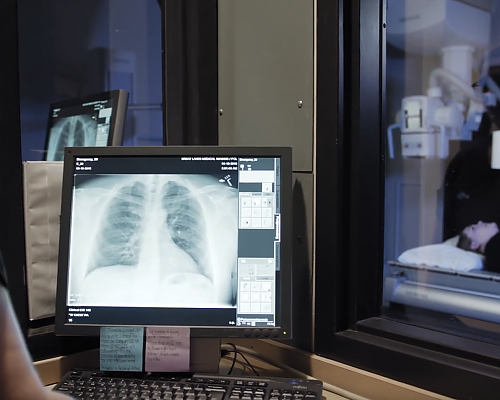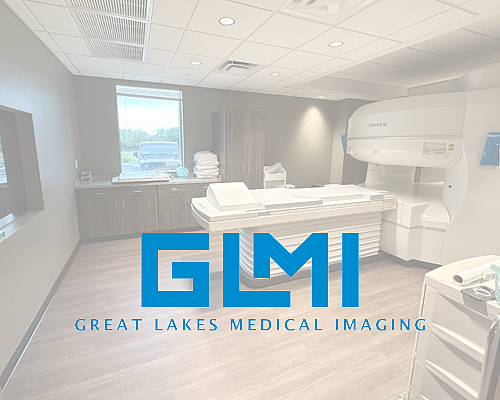Our Blog
Why Are Regular X-Rays Essential for Monitoring Arthritis Progression?
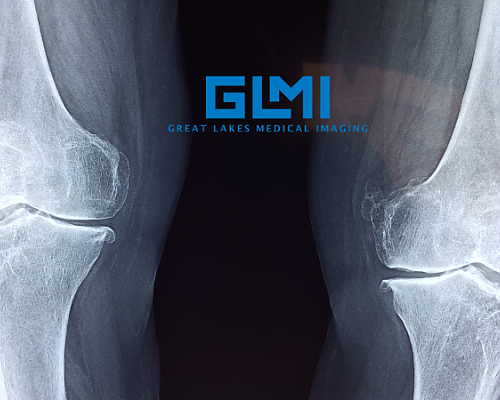
Arthritis is a common condition that affects millions of people worldwide, causing joint pain, inflammation, and reduced mobility. For many patients, managing arthritis is a lifelong process that requires careful monitoring to assess the progression of the disease. Regular X-rays are an essential tool in tracking arthritis progression, providing valuable insights into joint damage and helping doctors tailor treatment plans to the individual’s needs.
At Great Lakes Medical Imaging (GLMI), we offer advanced X-ray services to patients in Buffalo, NY, and Western NY, helping them manage arthritis and maintain their quality of life. In this article, we will explore why regular X-rays are crucial for monitoring arthritis progression and how they benefit patients.
What Is Arthritis?
Understanding the Condition
Arthritis refers to inflammation of the joints, and there are several different types of arthritis, each affecting the body in unique ways. The most common types include:
- Osteoarthritis (OA): A degenerative condition where the cartilage that cushions the joints wears down over time, leading to pain, stiffness, and reduced joint function.
- Rheumatoid Arthritis (RA): An autoimmune disease in which the body’s immune system attacks the joints, causing inflammation, pain, and eventual joint damage.
- Psoriatic Arthritis: A form of arthritis that affects some people with psoriasis, an autoimmune skin condition.
No matter the type of arthritis, monitoring the progression of the disease is critical for managing symptoms, preventing further damage, and maintaining mobility. X-rays are one of the most effective ways to track changes in the joints over time.
How X-Rays Help Monitor Arthritis Progression
Detecting Early Joint Damage
X-rays are an essential imaging tool for detecting the early signs of arthritis, even before symptoms become severe. For patients with osteoarthritis, X-rays can reveal changes in the joint structure, such as:
- Loss of cartilage: In osteoarthritis, the cartilage that protects the ends of the bones begins to wear down, leading to joint pain and stiffness. X-rays can show the narrowing of the space between the bones, which indicates cartilage loss.
- Bone spurs: X-rays can detect the presence of bone spurs (osteophytes), which are bony growths that develop as the body attempts to repair damaged joints. These spurs can contribute to joint pain and reduced mobility.
For patients with rheumatoid arthritis, X-rays are used to identify signs of inflammation and joint erosion, including:
- Bone erosion: In RA, the immune system attacks the lining of the joints, leading to bone erosion. X-rays can detect this damage early, allowing for prompt intervention.
- Joint deformities: Over time, rheumatoid arthritis can cause permanent joint deformities. X-rays can help doctors monitor these changes and adjust treatment plans to slow disease progression.
At GLMI, we use advanced X-ray technology to capture clear, detailed images of the joints, helping patients and their healthcare providers make informed decisions about treatment.
Tracking Disease Progression Over Time
Once arthritis is diagnosed, regular X-rays become a key component of monitoring the disease’s progression. By comparing X-rays taken over time, doctors can:
- Assess the rate of cartilage loss: For osteoarthritis patients, regular X-rays can track how quickly cartilage is wearing down, helping doctors adjust treatments as needed.
- Monitor joint damage: X-rays can show how much joint damage has occurred over time, including the development of bone spurs, joint space narrowing, and bone erosion in rheumatoid arthritis patients.
- Evaluate the effectiveness of treatments: If a patient is receiving medication, physical therapy, or other treatments to manage their arthritis, X-rays can help determine whether the treatment is effective in slowing disease progression or preventing further joint damage.
Regular X-rays give healthcare providers a clear picture of how arthritis is affecting the joints, allowing for more personalized and proactive treatment strategies.
Preventing Complications
Arthritis can lead to a range of complications if left untreated or unmanaged, including severe joint damage, loss of mobility, and chronic pain. Regular X-rays help prevent these complications by:
- Identifying changes before they become severe: X-rays can detect subtle changes in the joints that may not yet be causing significant symptoms, allowing for early intervention.
- Guiding surgical decisions: For some arthritis patients, surgery, such as joint replacement or arthroscopy, may eventually be necessary. X-rays help doctors determine the best time for surgery by assessing the extent of joint damage.
By providing a clear and accurate picture of joint health, X-rays help doctors make informed decisions about when to escalate treatments or recommend surgery, helping patients avoid unnecessary complications.
The Benefits of Regular X-Rays for Arthritis Patients
Early Intervention and Better Outcomes
One of the most significant benefits of regular X-rays is that they allow for early intervention. By detecting joint damage before it becomes severe, doctors can adjust treatment plans to slow the progression of arthritis. This proactive approach can reduce pain, improve mobility, and help patients maintain a higher quality of life.
Personalized Treatment Plans
Because every patient’s experience with arthritis is different, regular X-rays allow healthcare providers to create personalized treatment plans based on the specific needs and progression of the disease. For example, a patient whose X-rays show rapid cartilage loss may benefit from more aggressive treatment options, such as stronger medications or joint injections.
Monitoring Treatment Effectiveness
For patients already receiving treatment for arthritis, regular X-rays provide valuable feedback on the effectiveness of those treatments. If X-rays show that joint damage is continuing despite treatment, doctors can explore alternative options, such as different medications, physical therapy, or surgery.
At GLMI, we work closely with arthritis patients and their healthcare providers to ensure that X-ray results are used to inform personalized treatment plans.
Why Choose GLMI for X-Rays in Buffalo and Western NY?
Advanced Imaging Technology
At Great Lakes Medical Imaging, we use the latest X-ray technology to provide clear, detailed images of the joints, helping doctors diagnose and monitor arthritis progression with accuracy. Our state-of-the-art equipment ensures that patients receive high-quality images that lead to precise diagnoses and effective treatment plans.
Experienced Radiologists
Our team of board-certified radiologists has extensive experience in interpreting X-ray images for arthritis patients. Their expertise ensures that even subtle changes in the joints are detected early, allowing for prompt intervention and better outcomes.
Convenient Locations Across Western NY
GLMI offers multiple locations throughout Buffalo and Western NY, making it easy for arthritis patients to access regular X-ray services close to home. Our convenient locations and flexible scheduling options ensure that you receive the care you need when you need it.
Take Action Today
Schedule Your X-Ray Appointment
If you’re living with arthritis, regular X-rays are an essential part of managing your condition. Contact us today to schedule your X-ray appointment at Great Lakes Medical Imaging. Our team is here to provide the highest quality care and support for all your imaging needs.
Consult with Your Healthcare Provider
If you’re unsure how often you should receive X-rays to monitor your arthritis, consult with your healthcare provider. They can help determine the best imaging schedule based on your specific type of arthritis and disease progression.
Contact Us for Comprehensive Arthritis Imaging Services in Buffalo, NY
At Great Lakes Medical Imaging, we are dedicated to providing comprehensive imaging services to help arthritis patients monitor their condition and maintain their quality of life. Our advanced X-ray technology and experienced radiologists ensure that you receive the best care possible. If you have any questions or need to schedule an appointment, please contact us today.
Medical Disclaimer
This article is for general informational purposes only and is not a substitute for professional medical advice. Always consult with a qualified healthcare provider regarding any medical conditions or concerns you may have.
‹ Back



